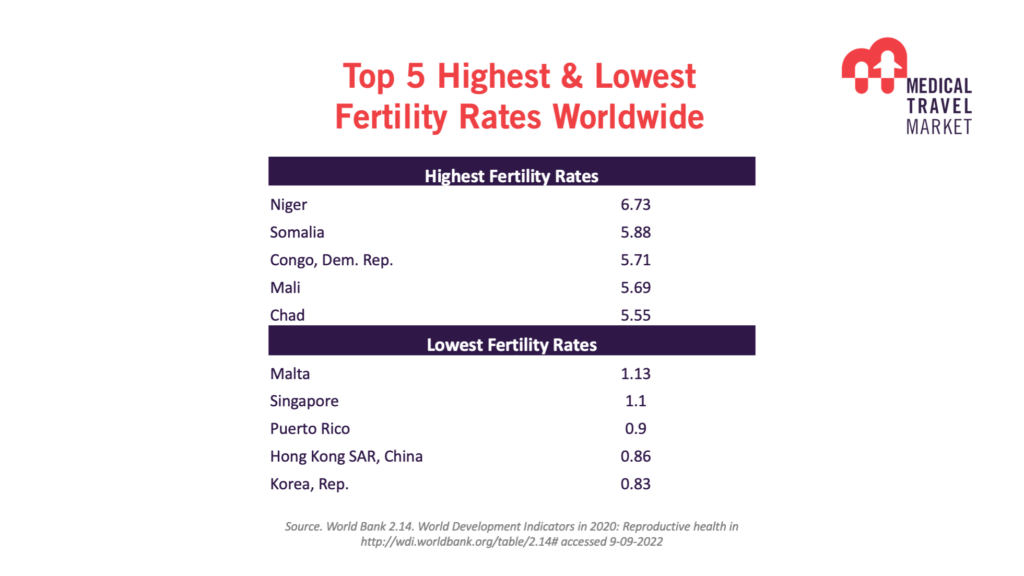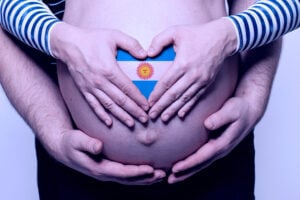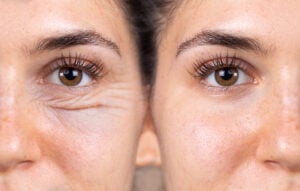South Korea has one of the lowest birth rates in the world. On average, women are currently expected give birth to less than one child each, over their lifetime.
With such a low birth rate, South Korea faces a population problem. Now a desperate government is offering to pay women to have babies. What is a baby worth? $740 a month for a year, according to the Korean government.
The East Asian country’s fertility crisis has been getting worse for years. The average number of births per woman fell below one five years ago, and it has continued to fall. That means that year on year, more people are dying than being born.
Financial incentives
This creates a demographic crisis. With fewer working people to power the economy and support an increasingly old population, national income is falling, and healthcare costs are rising.
The country has tried financial incentives before, but the latest proposal will triple the payment to one million won. After the first year, the payment continues at half a million won each month for a further year.
Most couples worldwide plan to have, on average, two children or slightly more. But the government agency Statistics Korea reported last year that the country of 51.8 million had the world’s lowest fertility rate ((the number of births that a woman would have if she experienced the current age-specific birth rates throughout her childbearing years) of 0.84 in 2020. The latest figures reveal that this fell further in 2021, to 0.81.
The birth rate, the number of children born per head of population, has been on a consistent downward trend since 1993, according to the same agency.
International fertility trends
Korea is not the only Asian country facing population problems. Hong Kong also has a fertility rate of just 0.87 (2020 figures), whilst Singapore and Macao are just a touch greater than 1 (1.1 and 1.24, 2020 figures). At the other extreme, some of the poorest and least developed African nations, such as Mali, The Congo, Angola and Somalia, have birth rates of more than five per mother. Niger heads the list with a fertility rate of 6.7 children per woman in 2020. These countries also tend to suffer from high infant mortality, poor healthcare and little family planning support.
Possible explanations for the fall in fertility in more developed countries are the high cost of child-rearing and the choice of many women to put their careers first.
However, there are also couples who struggle to conceive. Infertility affects more than 80 million couples worldwide, and for many In-Vitro Fertilisation (IVF) treatment offers a solution.
In-Vitro Fertilisation (IVF) treatment
The number of IVF treatments in Korea has been growing since National Health Insurance covered it in 2017. In 2020 Sayuri Fujita, a Japanese television personality in South Korea, gave birth to a son after IVF treatment in Japan, propelling the topic into the national headlines.
The treatment usually consists of removing eggs from a woman’s ovaries and fertilising them with sperm from the male partner before replacing one or more embryos in the womb.
About 35% of embryos successfully attach to the wall of the uterus and grow to term, for patients under 35. This means that several treatments may be needed before a pregnancy is achieved. Older patients are likely to require more treatments.
Worldwide cost of IVF treatment
The cost of IVF treatment varies considerably from country to country. Some countries include such treatment under national healthcare systems or insurance coverage. In Europe, each treatment cycle at a private clinic will cost around €5000, compared to €14,000 in the USA.
Those willing to travel for treatment might head to Poland or Greece, where the cost is as low as €2800.
Costs in Asia are similar, though they are particularly high in Hong Kong and Singapore (around $10,000) and lower in Malaysia ($5000). However, for many women, the quality and timeliness of treatment are often more important factors than cost.
Are you seeking treatment abroad? Medical Travel Market is launching agency services to connect patients with the world’s most advanced hospitals and clinics.
Sign up below to stay informed.
















